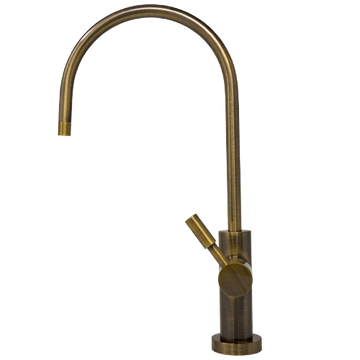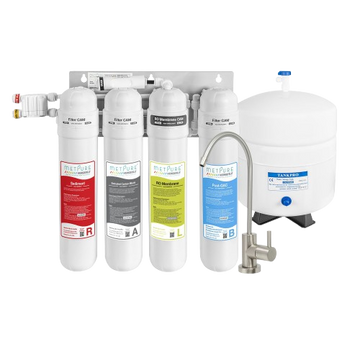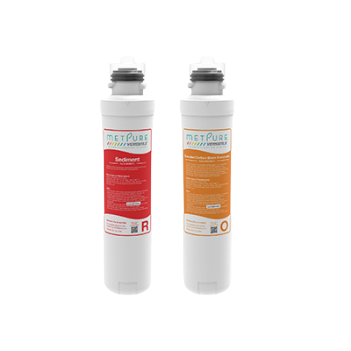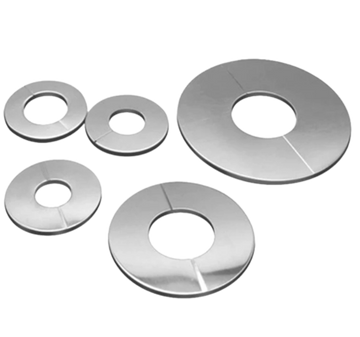Homeownership is an exciting undertaking for anyone. However, it comes with its fair share of responsibilities that need your attention so your home’s systems run smoothly.
Plumbing is a major one here. Knowing the basics and what to look out for is essential to keeping your water supply running. Understanding where problems can arise can help you fix minor issues before they become a major frustration.
Locate And Fix Your Water Shutoff Valves
First, you should know where your water shutoff valves are—both the main valve that supplies the house and the smaller ones for each unit/room. You will be turning off these valves in case of burst pipes or similar emergencies. The main shutoff valve is usually in the basement, utility closet, or under a kitchen sink. Valves for individual bathrooms, kitchens, etc., are normally under sinks, too.
Locating water shutoff valves is also helpful because, over time, they can wear and tear and cause issues in the water supply. In such situations, you might need to tighten or replace a valve.
Read about best supply lines for you home
The main sign of shutoff valve damage is decreased water pressure despite your water meter indicating normal flow. An increase in your water bill, plus dripping and pooling water around the main valve, also signals damage. If you've moved into an older home and the valve hasn't been turned on for a while, it's also more likely to leak.
If you want to replace a shutoff valve, there are a few options in style and material. Plumbing normally uses compression, threaded, or push-in valves. Compression valves are tightened with a nut and ring and are often found in older homes. Threaded valves are used in steel pipes, especially in the main lines. Push-in valves are the easiest to install and are used widely in supply lines with PEX and PVC pipes.

Buy Now
Shutoff valves come in brass and stainless steel options. Brass anti-sweat valves are a popular choice because they are corrosion-resistant and versatile. However, the FDA recommends only using lead-free options. Stainless steel is a bit more expensive but better handles corrosion from high-mineral water.
Metpure’s plumbing shutoff valves are available in four styles. Each uses highly durable brass and steel materials that are corrosion-resistant and lead-free.
Our shutoff valves can also be installed in bathrooms and kitchens that don't have their cutoff points. Simply pick a size that matches your piping and install it in places where needed. It’s a great investment; you won't have to shut off the whole house’s supply during future plumbing emergencies.
Regularly Check Your Pipes For Leaks

If you notice a drop in your water pressure or notice a musty smell around the house, it’s likely there's a leak somewhere. Catching a leak early on is essential, as a burst pipe can cause much damage when you’re not home. These leaks also give birth to mould around the house, which is hazardous to your lungs.
You should regularly (once every two months or so) look for cracks or drips in your pipe and call your plumber to notify you when it is leaking. For replacements, check out Metpure’s high-grade stainless-steel plumbing lines. Available in easy-to-install push-fit fittings and FIP connections, we offer heavy-duty corrugated lines, faucet lines, toilet pipes, and more.
Insulate Your Plumbing Pipes

Buy Supply Lines
If your water supply pipes aren't insulated, spending Money on new insulation is one of the best things plumbing-wise. There are 4 main reasons why insulation is a significant investment:
-
It prevents your water pipes from freezing in the winter. Frozen pipes are prone to clogging up and bursting.
-
Whether you've set your heater temperature to lukewarm or hot, it'll be maintained better.
-
If your home has centralized heating, insulation will prevent it from trying to keep the water in your pipes heated, reducing your electric bills.
-
Heated pipes are often exposed in basements, a hazard that can cause scalding if not careful. Insulation can help avoid such accidents.
Thermal insulation for plumbing comes in different types- cellular, reflective, granular, and fibrous. It can be made from rubber, fibreglass, polystyrene, mineral wool, calcium silicate, or others. Fiberglass is the usual go-to pick and is suitable for most homes.
Your insulation needs a good k-value (low-thermal conductivity) and the correct thickness. This helps avoid condensation underneath the insulation and subsequent pipe damage. Check whether the insulation you're picking has a high fire-safety performance score and ASHRAE, ASTM, or IECC certification.
Install A Home Water Filter

Buy Now
A home water filter treatment is necessary for homes with a hard water supply. This is a common issue in states like Wyoming, Utah, Arizona, and Colorado. The high mineral content of the water can wear out your plumbing and cause damage to your skin and clothes when washing. A simple whole-house filter can resolve this issue permanently. You can also install an under-sink reverse osmosis system for drinking. RO systems can save you money on bottled water and energy costs incurred by electric filters.
Regardless of your use case, we recommend using an LLDPE tubing to attach your water supply to the filter. While it may cost a bit more upfront, it’s a quality material that can withstand elements and is safe from cracking and leaking for a long period.
Keep Your Showerheads and Drains Clean
Showerheads are prone to getting clogged, especially in places with hard water. You can clean showerheads by soaking them in vinegar overnight. Next morning, run hot water at a high setting to clean any residue. If your showerhead's condition exceeds cleaning, you can install a new Metpure easy-click showerhead. Our shower heads have anti-clogging silicon nozzles, which can be cleaned in a single swipe. They come with stainless steel piping that's built to last.
Likewise, you should keep your shower drains clean. When bathing, avoid flushing tissue paper, hair, and soap down your drain, which can cause clogs. Install a mesh drain to cover the main outlet, which you can easily remove and clean.
Do An Annual Water Heater Inspection

Most homeowners only check their water heater once it stops running. By then, expensive repairs and replacements are needed to get the hot water running again. Thankfully, these can be delayed. You can increase your heater's lifespan by doing an annual inspection to fix minor issues.
You can do some self-checking for inspection, but depending on the size of the issue, you might need a plumber. Start by checking the thermostat settings, circuit breaker, and pilot light. Look for any leaks. Use a multimeter to test the heating elements. Afterwards, flush your tank of sediments, which can damage both your heater and water tank.
Buy Washing Machine Valves
Turn your thermostat, gas, and/or power supply off to flush the tank. Turn off the cold water supply to the heater and turn the hot water tap on in your sink. Connect a hose from the heater to a bucket or outside, and turn the spigot on to drain the water settled at the bottom. Open the cold water supply and drain until all sediment is gone.
As a pro tip, if you don’t use your water heater regularly and often turn off the valve, the surge in pressure, called a water hammer, can also cause piping damage. Install water hammer arresters near the heater's outlet pipe to prevent this issue.














